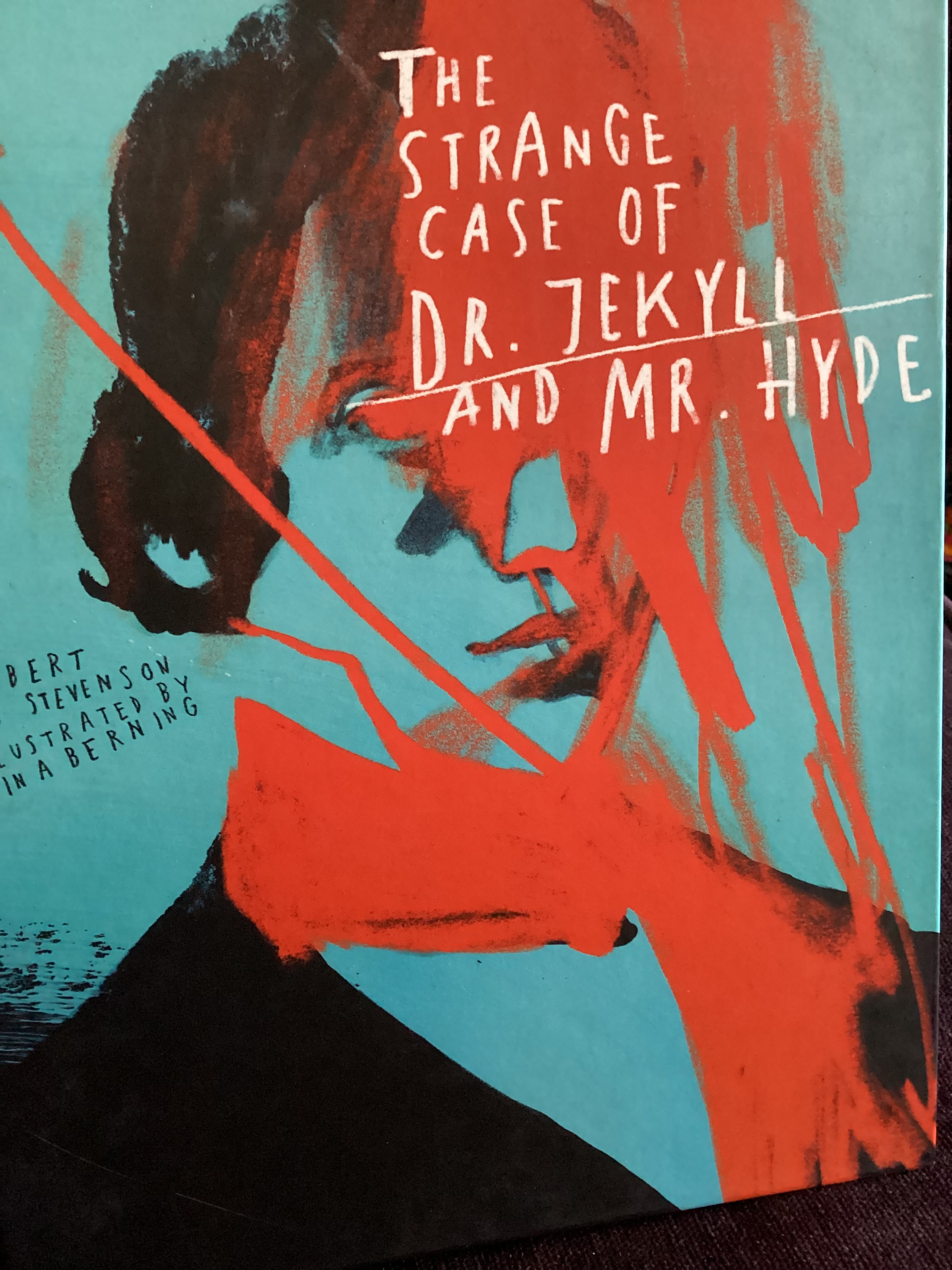Inspiring Older Readers
 posted on 19 Nov 2024
posted on 19 Nov 2024
The Strange Case of Dr. Jekyll and Mr. Hyde by Robert Louis Stevenson
The Strange Case of Dr. Jekyll and Mr. Hyde by Robert Louis Stevenson is another example of a ‘classic’ that, as with Mary Shelley’s Frankenstein (reviewed here), more people ‘know’ than have ever read the book. And, as with Shelley’s book, this is almost certainly down to the numerous films that have been made of this Gothic thriller.
And the parallels with the public perception of Frankenstein continue because, inevitably, the book will probably come as something of a surprise to any film fan picking it up. Far from plunging us straight into the horror of the good Dr. Jekyll transforming himself by some dreadful chemical experiment into the bestial Mr. Hyde, Stevenson gives us an atmospheric mystery.
The story is in fact told by the steadfast and respectable legal expert, Mr Utterson, a long-standing friend of the well-regarded Dr. Jekyll. One day when out taking a walk with his cousin, Richard Enfield, the two men witness a remarkable event. A man of repulsive appearance and demeanour is seen trampling on a young girl following a minor collision on the street. The attack is so brutal that the man, Edward Hyde, is forced to pay off the family with £100 in order to keep them quiet. Hyde disappears to get the money and returns with a cheque signed by Jekyll. Utterson and Enfield are afraid that this malignant Hyde must have some kind of blackmail hold on their friend.
This suspicion increases when it transpires that Jekyll has given orders in his household that the wishes of Mr. Hyde must be obeyed whenever he, Jekyll, isn’t present. When Utterson finally meets again with Jekyll, the latter reassures him that he is in no danger from Hyde - but suspicions continue to dog their relationship.
When Jekyll’s manservant witnesses Hyde brutally cudgel Sir Danvers Carew to death, the police get involved and it is discovered that Hyde has used a cane as a weapon that was given to Jekyll by Utterson. The doctor contrives a letter from Hyde confessing to the murder and saying that he has now gone away and will cause no more difficulties. And for a while Jekyll seems to be reverting to his old self. But, of course, this can’t last….
I hesitate to say more at this stage and, although I don’t think it’s possible to offer too many spoilers to a very well known story like this, you’ll want to find out for yourself the details of how and why Jekyll succumbs to Mr Hyde and how their tragic death plays out. Again this is all narrated after the events and using the contents of a letter left behind by Jekyll.
While the story is a great Gothic shocker, it’s also clear that Stevenson was fundamentally interested in the notion of dual personality - about the propensity for good and evil, sense and sensuality, that lurks within everyone. It’s also an examination of morality and social norms and expectations - what is it that keeps the better part of our natures dominant despite the draw of the beastly?
But for me the real star of the book is the setting and the atmosphere Stevenson creates. There’s a gloomy fug of dread hanging over everything and although it’s ostensibly set in London there are plenty of commentators who see it as a recreation of late Victorian Edinburgh, Stevenson’s home city, and a place that constantly fed his imagination.
You’ll find plenty of paper and hardback editions of the book that come in well under £10 and I think you’ll find it money well spent.
Terry Potter
November 2024